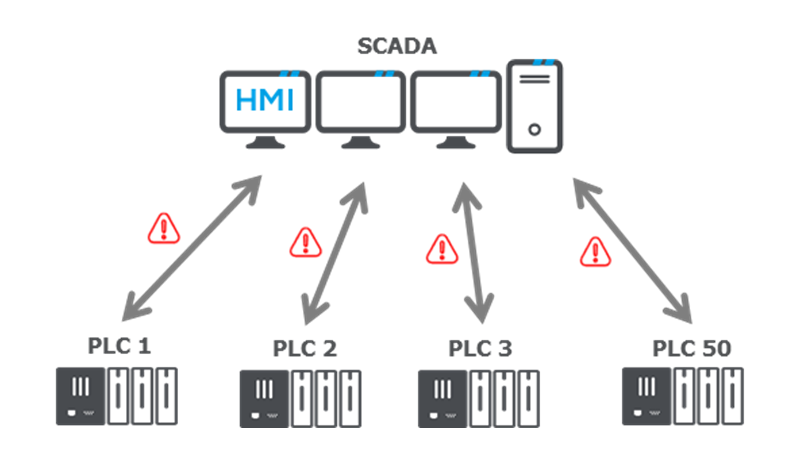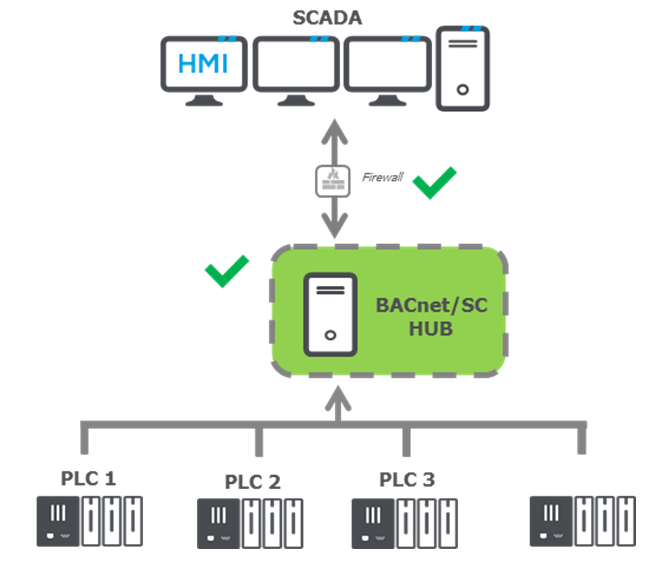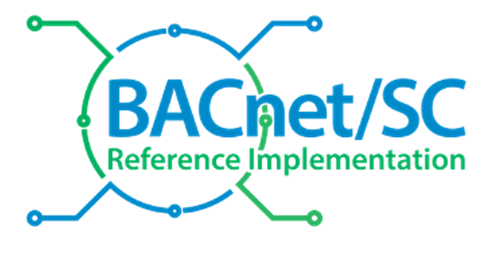In the world of building management systems (BMS), system security and interoperability are major challenges. The BACnet Secure Connect (or BACnet/SC) standard is an innovative response to these challenges, and a further step in securing communications between the various devices and control systems in a BMS. Panorama, the SCADA platform, now incorporates this standard, enabling our users to benefit from a more secure and efficient infrastructure. In this article, we’ll explore the ins and outs of the BACnet/SC standard, how it works, and how Panorama leverages this technology to optimise infrastructure management.
Presentation of the BACnet/SC standard
The BACnet/SC (Secure Connect) standard is a major step forward in the field of building automation. Developed in response to growing security and interoperability requirements, this standard was introduced to secure communications between the various building control systems and devices.
Origin and development
BACnet, which stands for “Building Automation and Control Networks”, is a standardised communication protocol for building automation. It was developed by the American Society of Heating, Refrigerating and Air-Conditioning Engineers (ASHRAE) and became an ISO 16484-5 international standard in 2003. BACnet/SC is an extension of this protocol, designed to enhance the security of communications.
Principle and objectives
The main objective of BACnet/SC is to provide an additional layer of security for communications between PLCs in a BMS system. This includes protection against cyber attacks, securing data and ensuring the integrity of communications. Using advanced certificates and encryption protocols, BACnet/SC ensures that data exchanged between devices is protected against interception and manipulation.
How a BACnet/SC hub works with Panorama
A BACnet/SC hub acts as a central communication interface between PLCs and SCADA systems. Here’s how it works and why it’s essential for a secure Panorama infrastructure:
Setting up a Hub
- Communication Interface: The hub acts as an intermediary between the PLCs and the SCADA, facilitating the management and control of data flows. Panorama, as a SCADA platform, is perfectly compatible with this configuration.
- Redundancy: To ensure continuity of service, hubs can be configured in redundant mode, minimising the risk of failure. Panorama supports this redundancy, offering increased flexibility.
- Hubs not supplied with Panorama: Although Panorama supports BACnet/SC hubs, these are not supplied by Codra . Hubs can be software or physical, and several manufacturers and software vendors, such as Sauter and Carrier, offer PLCs and software specifically designed for this role.
Communication secured by certificate
- Running on TLS: Communications are secured using the TLS (Transport Layer Security) protocol, which ensures end-to-end encryption. Panorama uses this protocol to guarantee data security.
- Encrypted Connection: Each connection is authenticated and encrypted, protecting data from unauthorised access. Panorama ensures that all communications are secure via these encrypted connections.
The BACnet/SC standard, a strength for your infrastructure
The adoption of the BACnet/SC standard brings significant benefits for building management infrastructures. Here’s why this standard is crucial and how Panorama can benefit from it.
BACnet infrastructure without BACnet/SC
- Even more direct channels: Without BACnet/SC, PLCs are often directly exposed, increasing safety risks.
- Insufficient protection: Unencrypted communications are vulnerable to interception and cyber-attacks.

BACnet infrastructure with BACnet/SC and Panorama
- Hub as a controller/SCADA interface: With BACnet/SC, PLCs are protected behind protection systems, reducing the number of channels and simplifying communications management. Panorama integrates this configuration for optimised management.
- Secure communications: The use of certificates and TLS tunnels ensures that all communications are secure. Panorama uses these technologies to guarantee data security.
- Use of the TCP/IP protocol: This routable protocol enables smooth and secure integration, eliminating the need for devices such as BBMDs (BACnet Broadcast Management Devices). Panorama manages its infrastructure using this protocol.

In conclusion, the BACnet/SC standard is an essential development for secure communications in BMS systems. With platforms like Panorama, users can benefit from seamless and secure integration, optimising the performance and security of their infrastructures. By integrating this standard, Panorama is positioned as the solution of choice for safer, more efficient building management.






